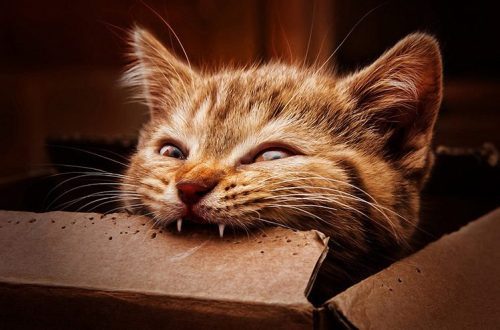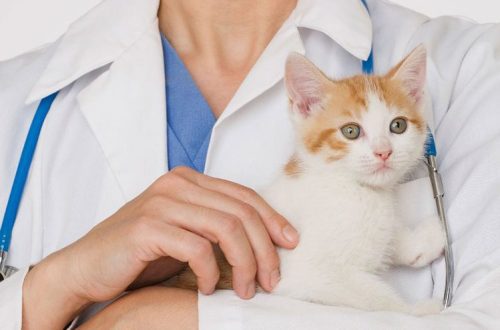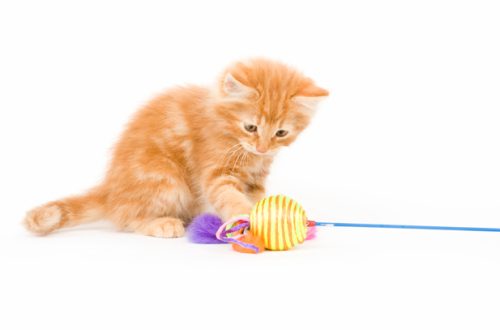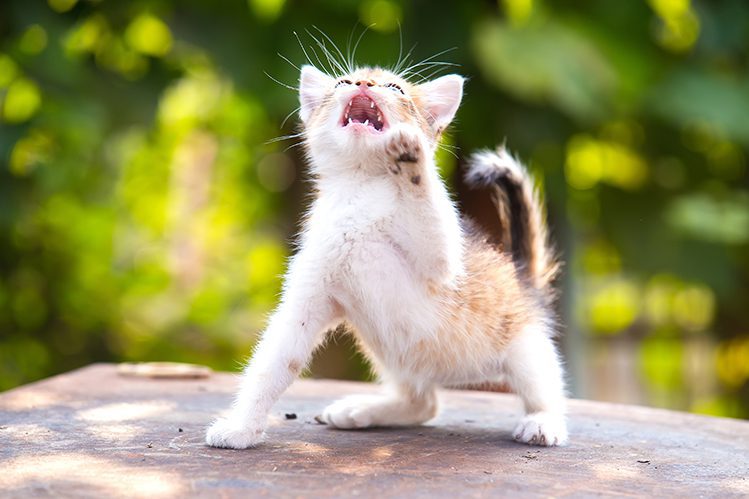
When do kittens teeth?
Cats, like people, acquire milk teeth at the beginning of life, and then change them to permanent ones. We will talk about how many milk teeth a kitten has, when and in what sequence they grow. And at what age does the change of milk teeth begin in kittens.
Kittens are born toothless. The first food they receive from the mother cat, so that at the very beginning of life, the gums and natural reflexes are enough for the babies. Milk teeth in kittens begin to erupt at the age of two weeks.
The incisors appear first – small front teeth, six each in the upper and lower jaws. The incisors grow when the kitten is two to five weeks old. These teeth help cut and grasp food. Cats use their incisors when brushing their fur.
At the age of three to eight weeks, kittens acquire fangs – long teeth on either side of the incisors. Fangs make it possible to grab food and dig deep into it with teeth. They also serve as protection in case of a showdown with other cats.
Primary premolars usually erupt between three and six weeks of age. There are six on the upper jaw and four on the lower jaw. They are best suited for chopping, thoroughly grinding food. Premolars allow you to grab food if you need to transfer it somewhere.
Molars are the most distant, large teeth. They are only indigenous and grow when kittens lose milk teeth – at the age of four to five months.
How many milk teeth does a kitten have and how many molars? 26 milk teeth is a complete set. 14 teeth in the upper jaw, 12 in the lower. Milk teeth can be used to determine the age of a kitten. If the incisors have already grown, and the canines are still breaking through, he is most likely four or five weeks old.

As soon as they grow up, milk teeth fall out, giving way to permanent ones. There should be 30 of them – molars are added to the previous set, two distant teeth on top and bottom. The change of milk teeth in kittens usually begins at the age of three to five months. Teeth change in the same sequence – from incisors to premolars. During the change of teeth, it happens that the pet’s permanent teeth have already begun to grow, but the milk teeth have not yet fallen out. By about eight months, a teenage kitten will have a fully formed molars and bite. If by this time any milk tooth, for example, a canine, does not want to fall out, show your pet to a specialist.
The appearance of milk teeth usually does not cause severe discomfort in kittens. However, the gums may itch and the kitten may be more restless than usual and, like a baby, put everything in her mouth. Don’t worry, it’s temporary and it will get better soon.
Check your pet’s gums periodically. If you notice irritation, check with your veterinarian about a suitable anti-inflammatory agent.
Usually, the period of changing teeth goes unnoticed by the owner, but some pets can change their behavior. Sore gums in a baby can lead to refusal of food, this is not dangerous. But if the “hunger strike” lasts more than a day, this should attract the attention of the owner. Bad breath from a pet appears when changing teeth in most cases.
The milk teeth of kittens are not as strong as the molars. But they are thinner and sharper and, compared to the molars, have a bright white color.
Be careful when playing with your pet – a toothy baby can accidentally bite you painfully. At risk are electrical wires, furniture and everything that can be bitten. Make sure that your pet does not bite you, but special toys for kittens. Find toys at the pet store that will keep your kitten busy and work on the bite.
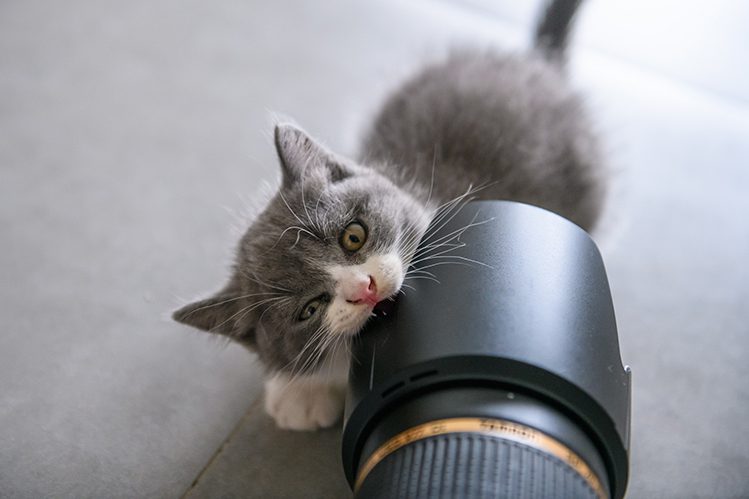
Kittens do not need to brush their teeth, but if you wish, you can already gradually accustom the kitten to a special toothbrush or dental toys, so that in adulthood it will be easier for you to control the condition of the pet’s oral cavity.
If newborn kittens have enough mother’s milk, then the appearance of teeth indicates that the baby is now able to eat something “adult”. The diet of a mustachioed bully can be gradually and very carefully expanded.
By the time all the milk teeth have grown, you will need to decide on the pet’s diet. Either it will be ready-made food, wet or dry, or natural food. In the latter case, the diet must be agreed with a veterinarian and an additional vitamin-mineral complex should be introduced.
Do not give the kitten homemade food from the table. Everything smoked, salty, sweet fatty will harm him and negatively affect the condition of the teeth and gums.
Among the complete wet and dry foods there are lines specifically for kittens. Such feeds are created by specialists; they already take into account the required amount of nutrients, vitamins, and minerals. Dry kibbles of good quality food help keep your pet’s teeth healthy, as the contact between the tooth and solid food naturally removes plaque. However, wet food is easier for kittens to digest, so dry food and wet food are best combined, but not mixed in the same bowl. Until the kitten is less than three months old, dry food is recommended to be mixed in warm water. The kitten should always have access to clean fresh water. Feeding utensils should also always be clean.
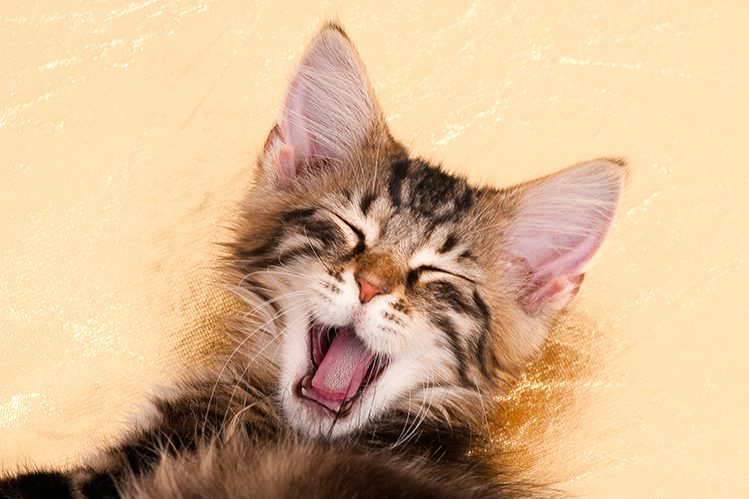
Take care of your pet’s oral health from childhood. This will help prevent dental problems in the future, which cause severe discomfort to the pet, and the owner to worry about the health of the ward and decent expenses for treatment. We wish you and your kitten to go through the period of the appearance of milk teeth safely!



